|
To say I was tired after my last morning out is an understatement. There's nothing like 16 straight hours of work and childcare after a three hour night's sleep. Yet when the forecast called for better-than-average seeing and transparency on another clear morning, I had to go out again. After all, it'll be a while before Mars looks this good. This time, however, I took my Takahashi FC-100 DC and my lightest tripod; I was still a little sore from hauling the APM. Conditions were just about the same this morning as they had been on the sixth, and that provided a nice opportunity to test how close the view through a good 4-inch refractor can get to that of a 5.5-inch (the APM). In a word (okay two words): pretty close! The Moon dazzled with detail, although I definitely saw finer features - especially those rilles - with the APM. Mars was wonderfully clear, with dark albedo features obvious but maybe a bit less dark than they had been through the APM, and the south polar ice cap much dimmer. Orion and the Trapezium were wonderful, but I could only clearly see four stars in the Trapezium - with a hint of the fifth, "F" star. You could drive a truck between Rigel A and B, but maybe a slightly smaller truck than you could with the APM. The Takahashi is just a fantastic telescope. I set out to observe Mars, and indeed I observed the planet for a good long time. Two years ago, during the last opposition, I dreamed of exactly the views I've had this year. Once again, I tried sketching the view on my phone, but it's become clear that I've reached the limit of what's possible with that technique. Next time, I'll bring sketchpad - but still, it's nice to know what I've seen. I found that the steady atmosphere easily permitted a magnification of around 250x, which is rare in these parts - and better than I enjoyed on the sixth. Although I spent a lot of time on Mars, I found I kept returning to the Moon. There's nothing like the gloriously detailed lunar views a fine refractor can reveal in good seeing. Features visible around the terminator were especially interesting tonight, with plenty of tiny craters glinting at local sunset, and some really interesting, rectilinear scarps (or so I decided; I'll have to look this up later).
So, another great morning - but it'll take me a few days to recover this time.
0 Comments
The weather has been stormy over the past few weeks, but this morning the clouds cleared and the seeing promised to be good. I woke up at 2:45 AM and walked out the door by 3:20, hauling my APM 140. As I reached my local park, it dawned on me that conditions were essentially perfect. The sky was wonderfully transparent, the temperature was perfect, and there was a thin misting of dew on the ground. The rabbits and fireflies that used to give the park such a magical air, however, have largely disappeared (for now). It was a special morning for more than one reason. The Moon had just passed in front (occulted) Mars, and the two worlds were still right next to each other in the night sky. It was a stunning sight as I set up the APM. Then, when I wheeled the big telescope around to have a look at the Moon, I was just floored by the spectacular, razor-sharp detail. Rilles and craterlets snapped into view as I've never seen them, and I thought I could actually pick up gradations of color on a Moon that has always looked monochrome to me. It was easy to get lost in that view, but I had a job to do: observe Mars as it approaches opposition. Now, it's around five weeks away - hard to believe! - and wow does the planet look big and bright. The APM revealed it in spectacular detail, with Syrtis Major huge and dark on the planet's surface, arcing north from a south polar cap that now seems small (but bright), with Nodus Alcyonius obvious nearby. It was easily the best view of Mars I've had. By 4 AM the view softened a bit, as a turbulence entered our terrestrial atmosphere. I think I noticed a hint of the planet's rotation between 3:45 and 4:45 AM; Syrtis Major seemed just a bit offset from where it was when I set up. I knew my iPhone would never capture even a half-decent image of the view, and I kicked myself for not bringing a sketching pad. Still, I have an app called "Paper" on my phone, and I used that to quickly just down what I could easily see. An enormous amount of detail is missing, of course, including many subtle grays south of Syrtis Major. Yet I'm hopeful that I'll get better at this, and I could tell that it helped me observe more closely and carefully. By 4:30 AM or so, the highlights of the winter sky had climbed above the horizon. Of course, I had to have a look at Orion. To my surprise, six stars were visible in the Trapezium - a first for me, if memory serves. Through the APM, the nebula looked about as impressive near the light-polluted horizon as it does while near zenith with my Takahashi (or maybe even a little better). Rigel B was much easier to spot than I can remember, and the Pleiades were just spectacular. Venus, also rising in the east, was lost in atmospheric turbulence. But still, I observed its half-disk for a minute or so.
I've praised it before in this space, but wow - I cannot say enough about this APM refractor. There are times when I've fantasized about selling all my gear in exchange for an Astro-Physics refractor - something truly high-end. Yet I just can't see how the APM can be improved. I see less false color with the APM than I do with the Takahashi - even with the Takahashi's focal extender screwed in - and the detail, contrast, and color I can see on planets is just otherworldly (sorry). Bright deep space objects are a joy to observe, and the every last detail on the telescope - from the focuser to the dew shield - is a pleasure to use. Like my TV-85, there's something magical about this telescope. It's a true keeper. Also deserving of praise: TeleVue Delos eyepieces. They are, without doubt, the best I've used in terms of clarity, contrast, and comfort for my eye. Maybe I'll get another come Christmas. My greatest weakness in this hobby - and maybe in life - is that I'm never sufficiently content with what I have. When I realized that my big refractor - the APM 140 - was just about as portable as my smaller and substantially less capable Vixen 115 ED115S, I started imagining what I could get by selling that telescope. Eventually I discovered the Unistellar EVScope, a remarkable little device that uses a sophisticated sensor to amplify the feeble light of galaxies, nebulae, and globular clusters. The telescope uses a technique familiar to astrophotographers - stacking images on top of each other - to provide detailed, colorful views of these objects. In theory, I reasoned, the EVScope could finally allow me to explore deep space from the city, something I've long dreamed of. The EVScope has received rave reviews from popular outlets, mixed reviews from astrophotographers, and a great deal of skepticism from seasoned observers at such websites as CloudyNights. To me, its potential was too great to ignore. I sold the Vixen and took the plunge. So, was it worth it? In a word: no. Yet I'm not disappointed, as I had to try - and I'm convinced that this has more to do with my unique expectations and restrictions than anything else.
First, the good: this is a beautifully-built product, compared to other examples of fine consumer electronics. Yes, the mechanical beauty and precision of one of my refractors, for example, makes the EVScope look like a toy. Yet it has the kind of sleek, effortless style of the Apple laptop I'm using to type this blog. Its tripod is lightweight but absolutely sturdy, while its motor slews quietly and smoothly to its targets. The app you use on your phone to control the device is wonderfully easy to use, and the instructions that come with the telescope are really well done. The whole setup provides a masterclass in accessible ease of use. Now for the bad. I spent three, maybe four hours with the EVScope before selling it. In my first session, on our rooftop, a gaggle of interested residents kept wandering over while I attempted to set up the telescope. What was I looking at? They wondered. Nothing yet, I replied, it was my first time using the telescope. Oh you'll never see anything in the city, they assured me. Eventually it got to be too much - none of my neighbors decided to wear masks - so it was back downstairs for me. I noticed that the telescope failed to achieve alignment on the rooftop, but I blamed that on the nearby lights. During the next two sessions, I walked to the nearby park. Again the telescope struggled to achieve alignment, and even when it claimed to be aligned it typically did not maneuver accurately to the right object. A back and forth with tech support (who took four days to get back to me after one query) reassured me that any problems could be solved. Yet did I have the time or energy to solve them? The reason I ultimately decided I did not has a lot to do with the telescope's "enhanced vision" feature - the feature that starts stacking images. I was impressed by the many stars that gradually winked into view when I turned it on, but somehow profoundly disappointed by the experience of seeing them. It reminded me of buying a microscope, not long ago, with an LCD screen. Adding that level of separation between reality and the eye, for me, deprives the observing experience of its most essential characteristic: actually, really, seeing what is otherwise hidden. As soon as there's a screen - and there's a screen with the EVScope even when using its eyepiece - the experience is ruined, the effect is gone, and I might as well be home scrolling through Hubble Space Telescope images. Not everyone would feel that way, but I suspect that many amateur astronomers will. It's why we spend far too much time and money to admire the faintest smudges and hazes and pinpoint pricks of light that, our brains remind us, have almost unimaginable significance. The EVScope is tailor-made for those who don't feel that thrill. As I was struggling to align the telescope, I eventually pointed it at the Moon. Here was a third disappointment: the Moon, through the telescope, was incredibly unimpressive. My aging cellphone, held up to my C90, provides a far superior view. I realized that no matter what, I would never used the EVScope with any bright Solar System object in the sky, and since lunar and planetary viewing at my primary interests, that really knocked the wind out of my sails. And this too: while I sat hunched over the EVScope in the park, someone walked close to me with a flashlight, shone it at me, and then silently walked away. Was it the sound of the motor that had attracted them? Or the red light on the telescope's base? Either way, it echoed my experience on the rooftop - and it reminded me why I don't like the silence of simpler devices while observing in the city. That, and wow do I have hate wrestling with electronics in the few hours I have to observe. I tried to suppress the thought that those three of four hours of frustration could have been truly wonderful had I brought my other telescopes to the park. So it was that the EVScope left my house this morning. I hope that the buyer likes it more than I did; certainly, there's plenty to like. Yet for my needs, with limited time in the city, it just doesn't cut it. I lost a few hundred dollars in the transaction - that always hurts - but fortunately found the C9.25 on sale for a few hundred dollars off. I bought that telescope with a couple upgrades, and now will wait until it arrives in a month or so. If there's one telescope I've regretted selling, it's the orange tube C8 I had earlier this year. As much as my experience with the Edge HD warned me about Schmidt-Cassegrains, the orange tube restored my faith. So, here's hoping that the 9.25 provides a level of planetary performance that even the APM 140 can't quite match. I suppose that, for now, I need to accept that some corners of deep space are simply off limits for me in the city. |
Archives
March 2024
Categories
All
|

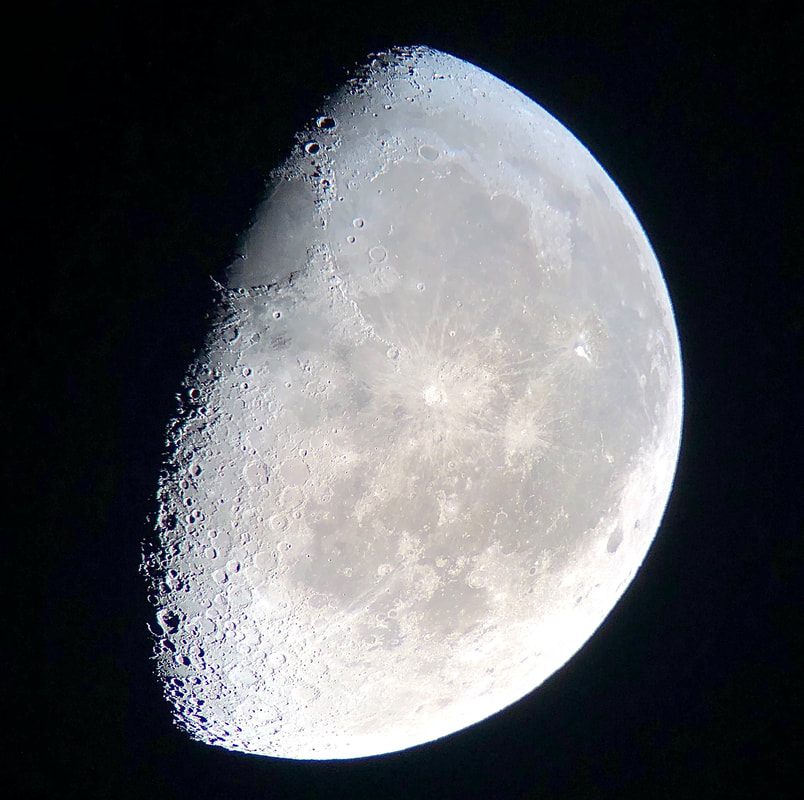
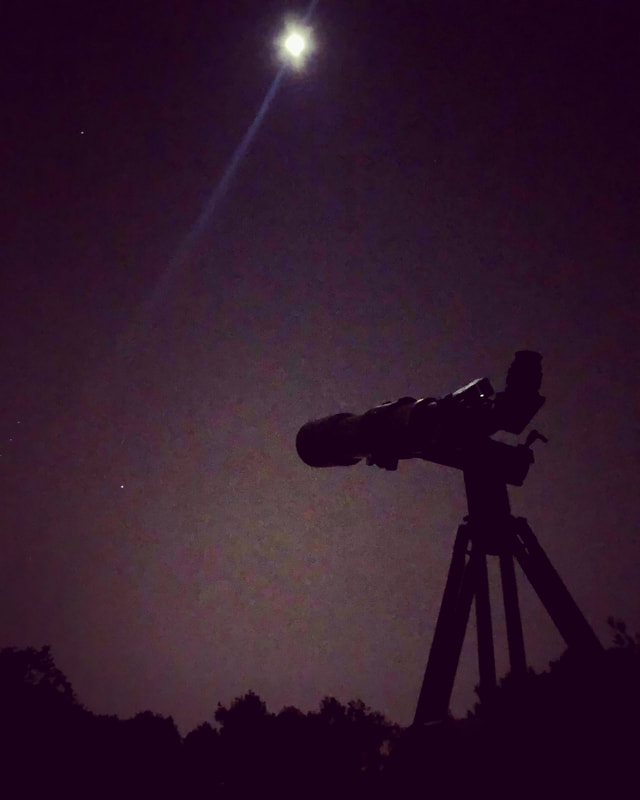

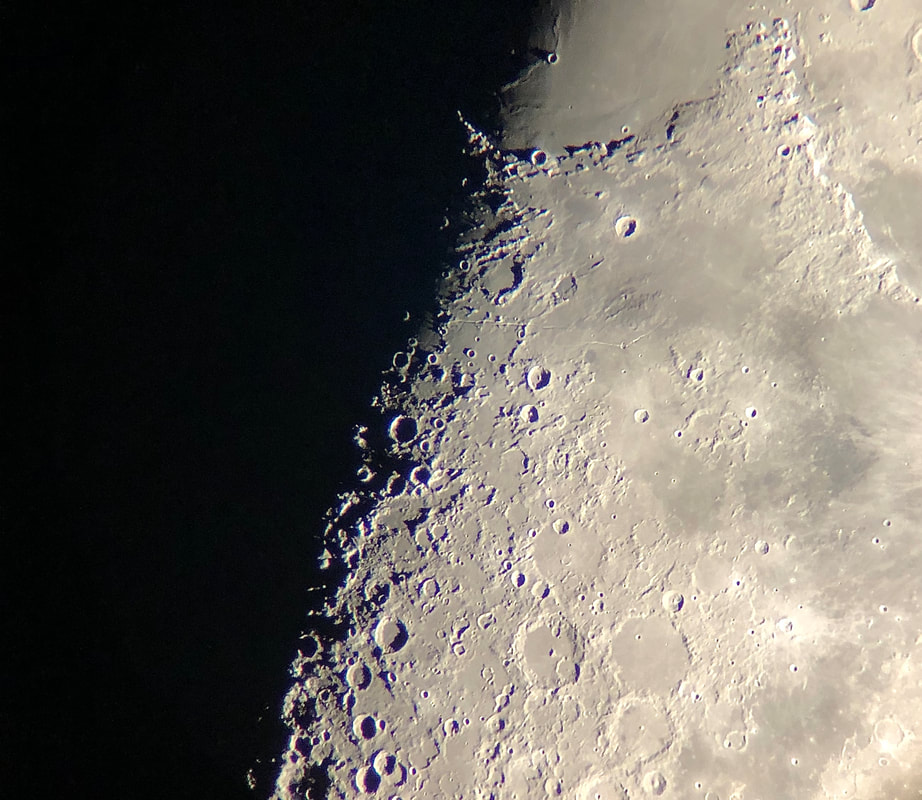
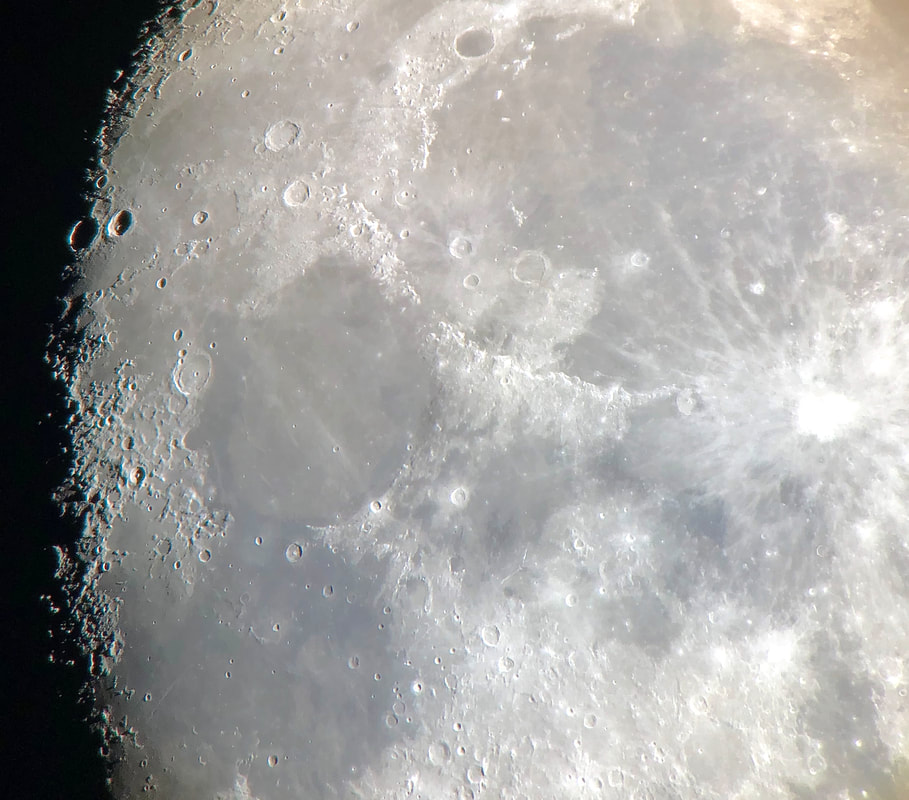
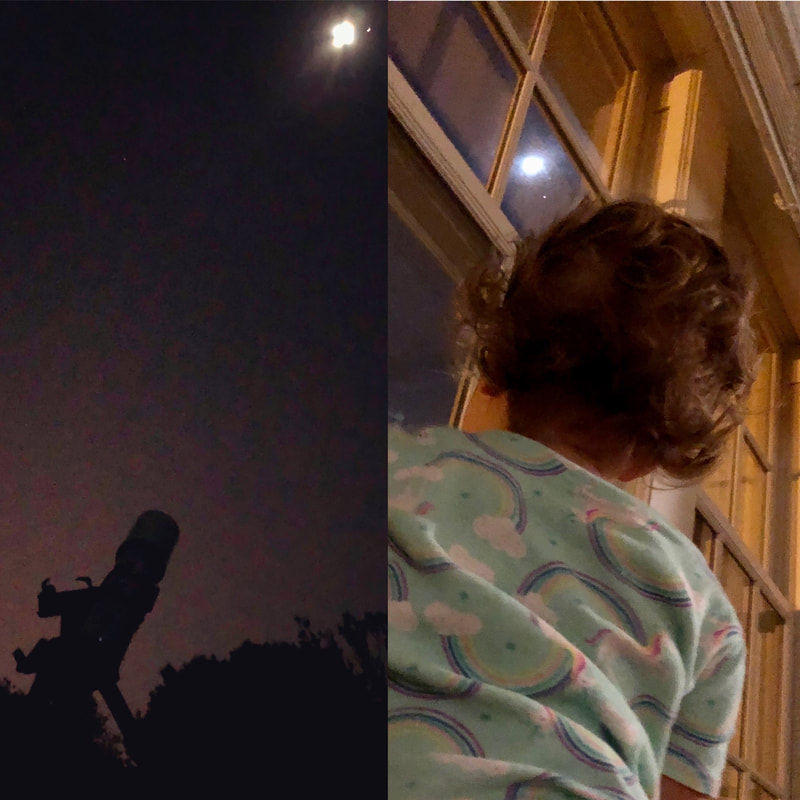
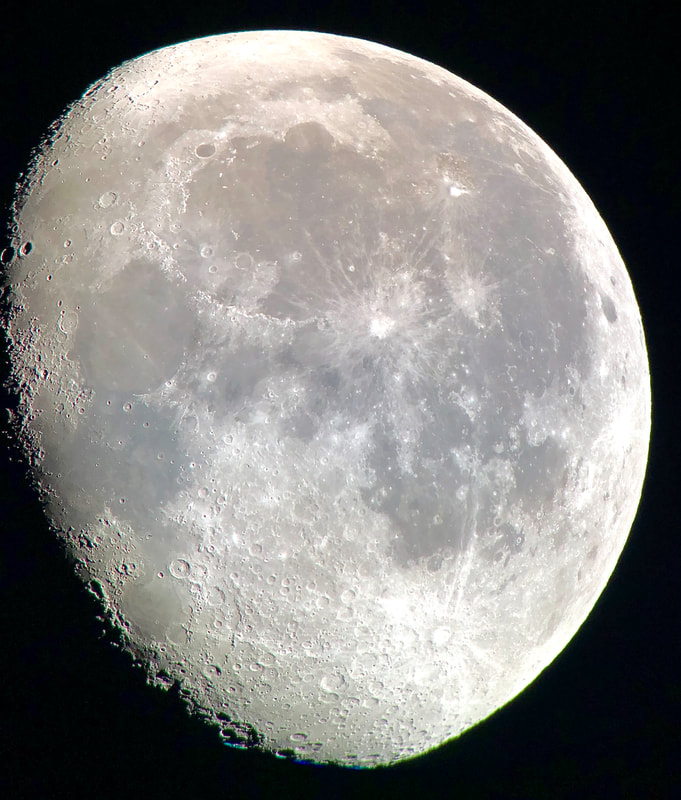
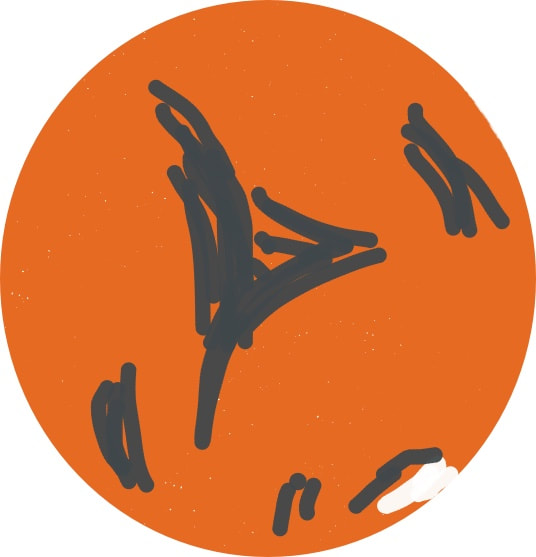
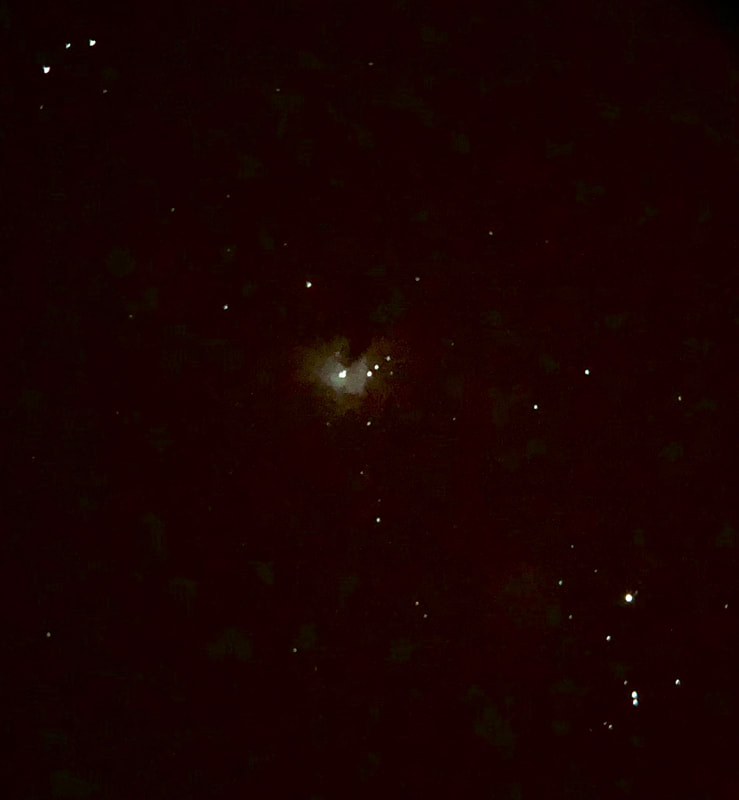
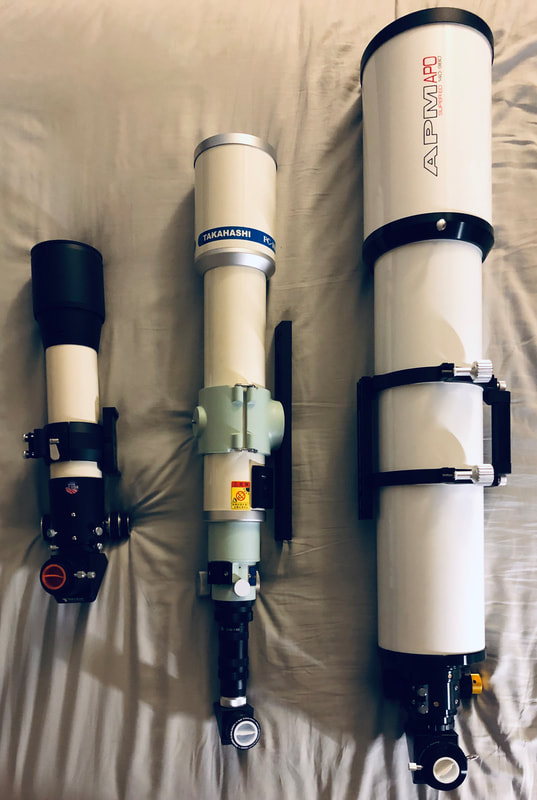
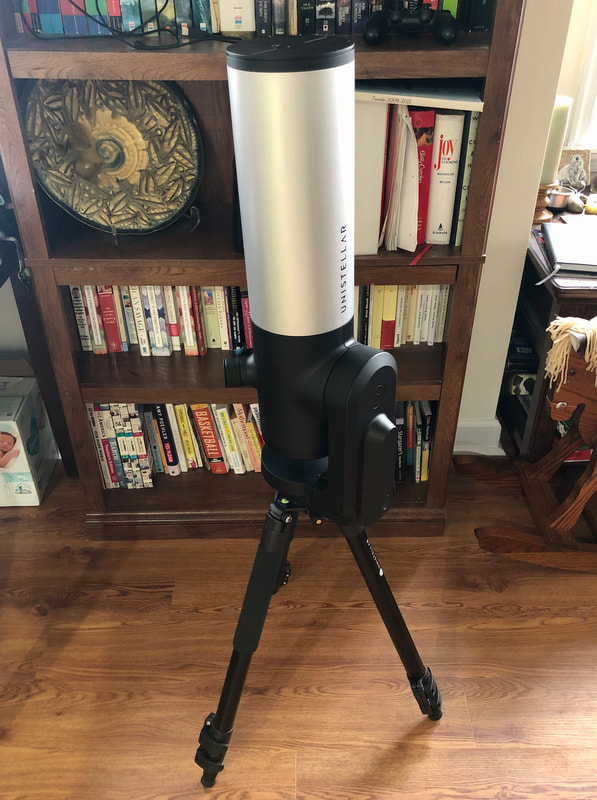

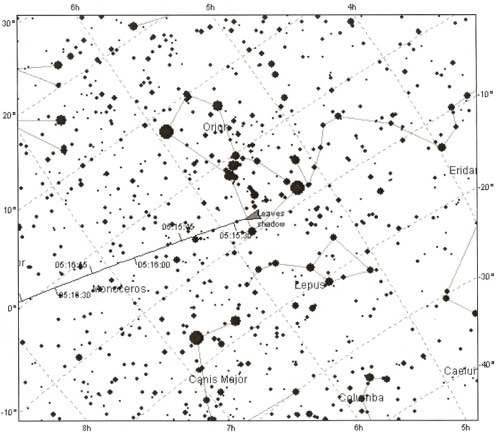
 RSS Feed
RSS Feed